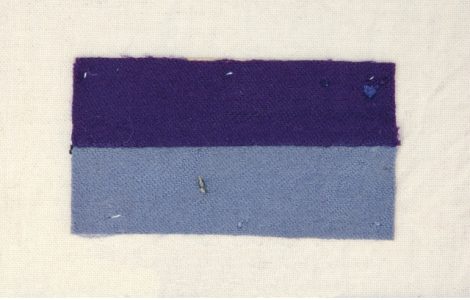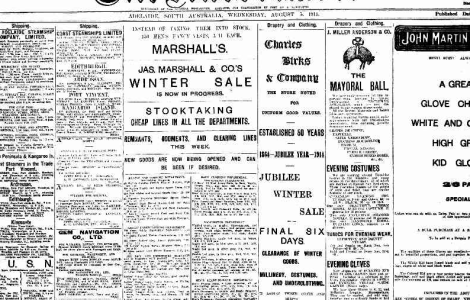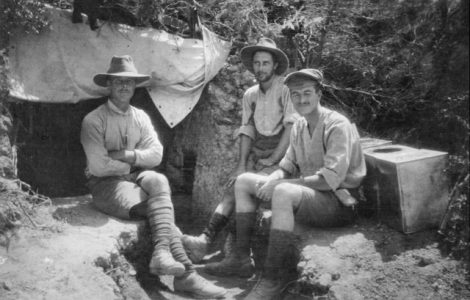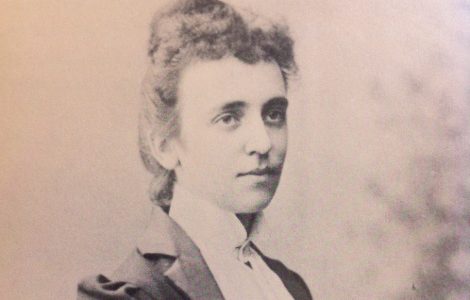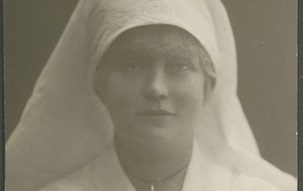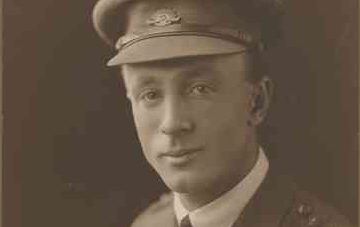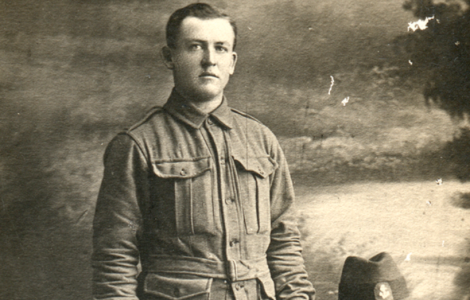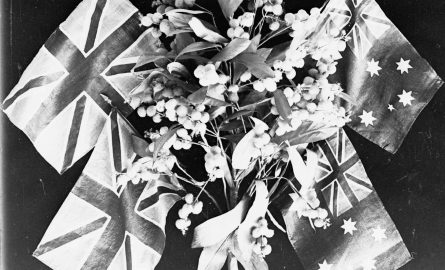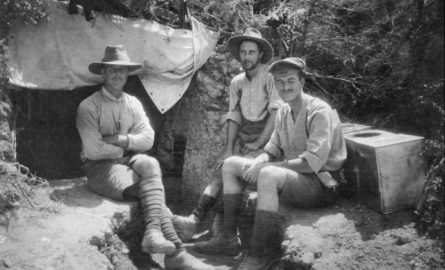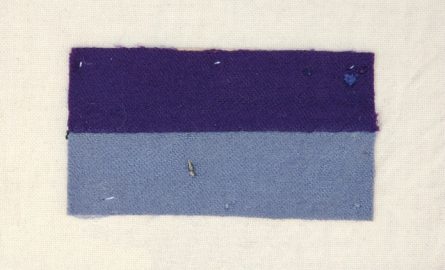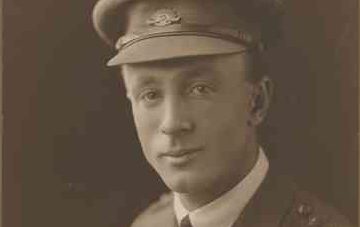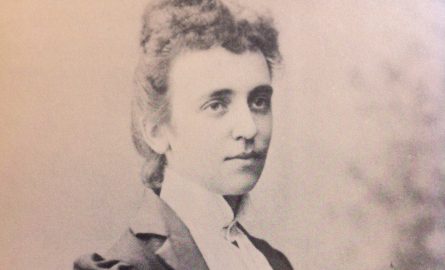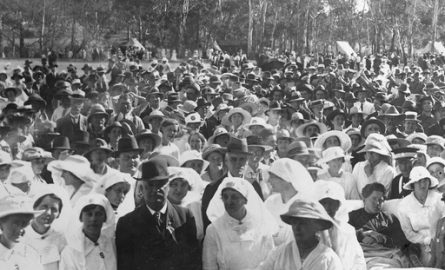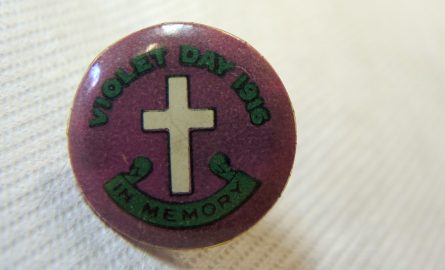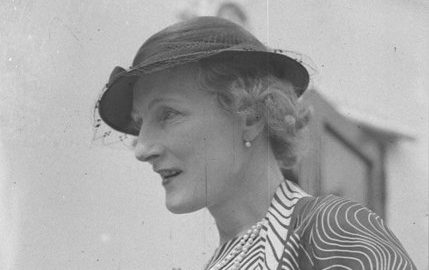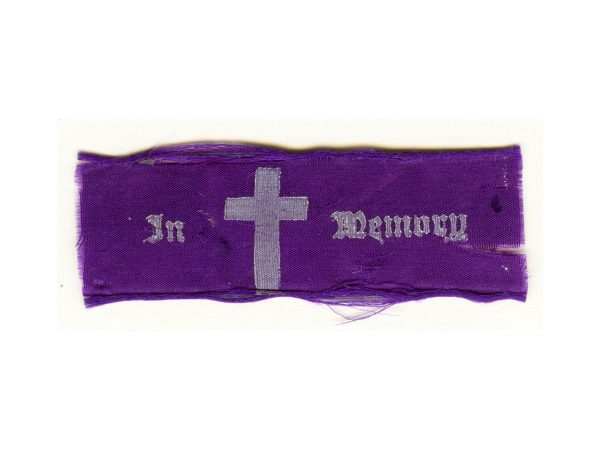
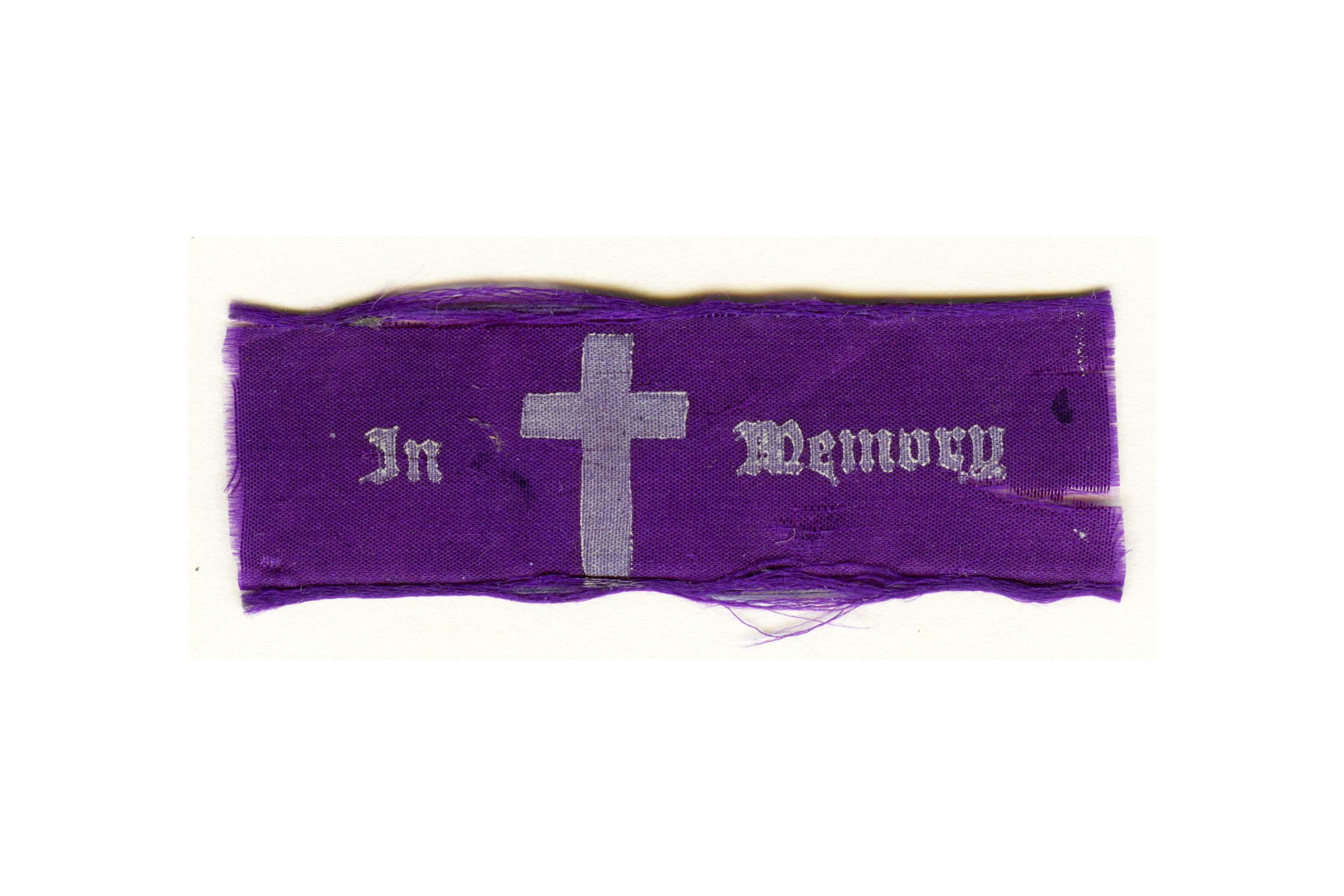
Violet Day Ribbon. Image courtesy Ron Blum Collection
Glossary Terms
Topics
The Plan for the Dardanelles Campaign, The Australian Landings at Gallipoli, Violet Day
People
Avery, Louis Willyama, Seager, Alexandrine, Smith, Ross, Terrell, Frederick Leopold, Cooper, Ethel, Lady Galway
Organisations
July, 1915
On the battlefield
Our various soldier correspondents are all in the same part of the world this month; the Dardanelles. Although across the seas, they were very much in the hearts and minds of people in South Australia.
When we left Leo Terrell last month, his ship was in India. At the beginning of July they sailed for Lemnos and from there to Imbros, where they began more training. His impressions as he approached the front make interesting reading: his affection for those in command did not grow, but the scale of the battle and the enormity of the task ahead seemed to crystallise for him. We leave him at the end of the month ‘anxious to get at the fighting’.
Louis Avery, of course, had landed on the beach at Anzac Cove on 25 April. After more than two months, he – along with many others in the AIF – was suffering physically. The 10th Battalion diary records that the month was hot and dry, and that many of the men were sick, principally with diarrhoea. There were no major offensives (although Ross Smith tells us that a Turkish offensive was expected in late July), but the hard physical work of improving trenches and securing their positions left many unwell. Avery recounts how he became so ill that even walking was difficult. Four days rest on the nearby island of Imbros (the same one where Terrell trained) improved his condition considerably and we leave him at the end of the month preparing for a major offensive scheduled for the night of 31 July. Col Price-Weir noted in the 10th Battalion diary that a short break on Imbros provided the men with opportunities to wash their clothes, bathe without fear of shelling and, purchase stationery and groceries.
Behind the lines in Germany
Meanwhile, in Germany, Ethel Cooper contemplated evacuating to England, as her money had almost been exhausted and she had very little chance of securing any more. In her letters to her sister (which she hoped she had found a means to smuggle out of Germany), she reflected on the desperate attempts by the German government to drive recruiting. Only the blind, she quipped, seemed to be exempt.
News from South Australia
In Australia too, recruiting continued to be a top priority. Alexandrine Seager penned ‘The Twenty-Seventh’ in honour of the Twenty-Seventh Infantry Battalion, which had been raised in South Australia, and left Adelaide at the end of May. We can imagine that July was a busy month for Seager. Her Cheer-Up Society initiated Violet Day, which was held on 2 July to raise funds to assist the imminently returning wounded. From 8am that winter’s morning, around 100 women of the Cheer-Up Society dressed in their white outfits, took to the streets selling bunches of violets and purple ribbons. Other significant fundraising activities were also held in July: 30 July was declared ‘Australia Day’ (before 26 January was recognised) and this day was a major fundraising push. July was also the month when Lady Galway, the Governor’s wife, founded the League of Loyal Women, which was devoted to providing comforts to the troops. The first of the wounded arrived back from the front during the month. As hospitals were prepared for them, those on the homefront knew that there would be many more to follow.
News from the battlefronts continued to dominate the newspapers, as did the various impacts of the war at home: the Advertiser published stories not only about all the various fundraising activities, but also about new (and contentious) legislation to create women Justices of the Peace, to fill some of the gaps left by men who had enlisted. Although not wholeheartedly embraced, they would, it seemed, be useful in matters relating to children. There was also news that South Australia, along with most other states and the Commonwealth, reported a significant budget deficit, brought about in part at least by the costs of the war. There were also more stories of South Australians with German heritage being viewed with suspicion – one such story is reported below – a man sacked for a perceived anti-British position.
In other news, the reservoirs were finally beginning to fill and water embargoes were being lifted. There were still serious concerns about the health of the River Murray, with fish washing up along the banks, dead from high salt levels.
There was no sense that this war would be over soon – South Australians on the battle front and on the home front were steeling themselves to dig in or dig deep: this war which had commenced in August the previous year was about to enter its second year.


